You’ve probably heard it countless times: cats are cold, distant creatures who only care about themselves. Your friends might even joke that your feline companion merely tolerates you in exchange for food and shelter. Yet something deep inside tells you there’s more to the story. Those moments when your cat curls up near you, those slow blinks across the room, that gentle purr when you walk in the door – they hint at something much deeper than mere tolerance.
The truth is far more fascinating than the stereotypes suggest. Your cat’s apparent aloofness isn’t coldness at all, but rather a sophisticated form of communication that we’re only beginning to understand. Behind that seemingly indifferent exterior lies a complex emotional world filled with genuine affection, deep attachment, and yes, love. Let’s dive into the hidden world of feline emotions and discover why your cat loves you more than they’ll ever show.
The Myth of the Aloof Cat

There’s a common stereotype that while dogs are loving and loyal, cats are aloof and harbor no warm feelings towards humans. But as many cat owners are well aware, stereotypes are often more grounded in myth and misunderstanding than actual reality. This misconception runs so deep that thousands of cat parents search online monthly, desperately asking if their feline companions actually love them.
Many didn’t feel it was worth putting much time and effort into it because everyone knew cats were aloof, independent, not affectionate, and certainly untrainable. This belief system has persisted for decades, shaping how we interact with cats and often preventing us from recognizing their true emotional capacity. But research shows cats’ reputation as a cold and aloof pet is undeserved. Because of their evolutionary ancestry, domestic cats are, by their nature, more independent than dogs.
The problem isn’t that cats don’t show affection – it’s that we’ve been looking for the wrong signs all along. Unlike dogs who wear their hearts on their sleeves, cats express love through subtle gestures that require a more nuanced understanding to interpret.
Science Reveals the Truth About Cat Attachment
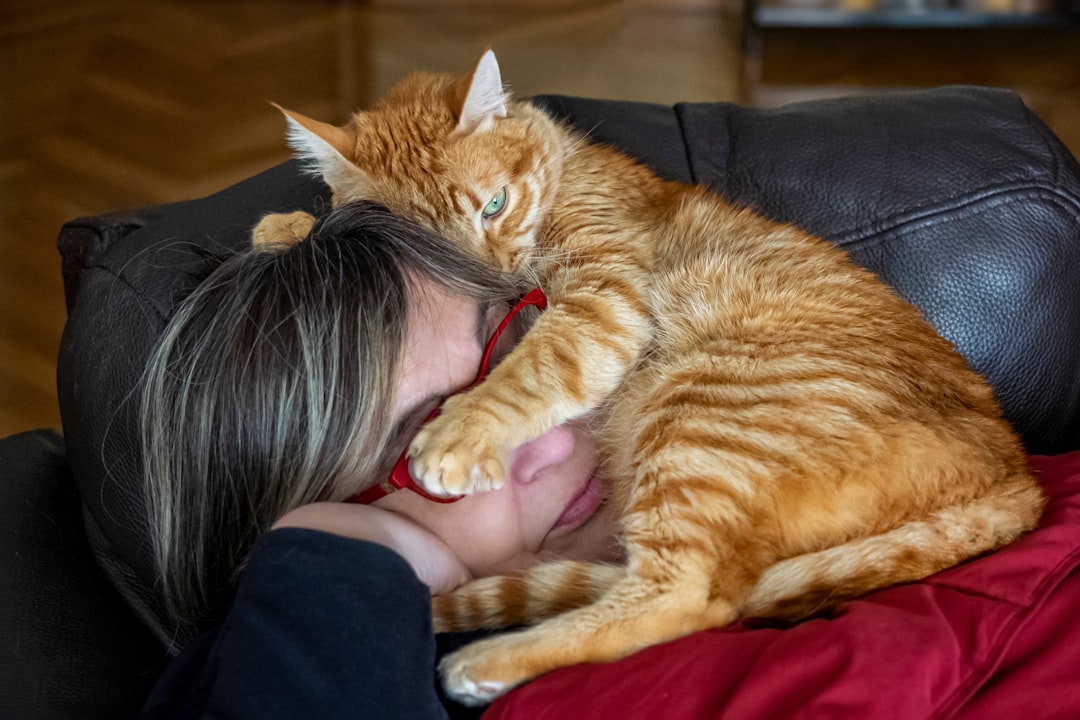
A study published in Animal Cognition found that cats form attachment bonds to their human caretakers in very much the same way that dogs and human children do. This groundbreaking research involved observing cats and kittens in controlled environments, measuring their responses to separation and reunion with their caregivers. The results were stunning.
Believe it or not, 64 percent of cats were categorized as securely attached. The results were similar: 66 percent of cats had a secure attachment style, and 34 percent had an insecure attachment style. These numbers mirror attachment patterns seen in human children, suggesting that the emotional bonds between cats and their humans are far more sophisticated than previously imagined.
Research has demonstrated that cats can form strong bonds with humans, comparable to the attachment levels seen in children with their caregivers. This attachment means cats can indeed experience love and affection for people, just in their own distinctive way. The hormone oxytocin, often called the love hormone, has even been found in cats, providing biological evidence of their capacity for genuine emotional connection.
The Evolutionary Reason Behind Their Reserved Nature

The wild ancestors of our cats didn’t live in social groups as canines do. However, during the process of domestication, cats developed the ability to form social relationships not just with other cats, but also with people. This evolutionary background explains why cats approach relationships differently than their canine counterparts.
In addition to being predators, cats are also prey so being aware of what’s going on in their environment is critical. So what you may interpret as a cat being aloof is actually your exquisitely designed companion being ready for anything. That watchful demeanor isn’t disinterest – it’s a survival instinct that helped their ancestors thrive in the wild.
Your cat’s cautious nature also serves as a form of self-protection. Just because your cat may not jump to immediate attention when you call his name, doesn’t mean he’s aloof – he’s focused. They’re constantly processing their environment, making calculated decisions about when and how to express their emotions.
Secret Signs Your Cat Loves You
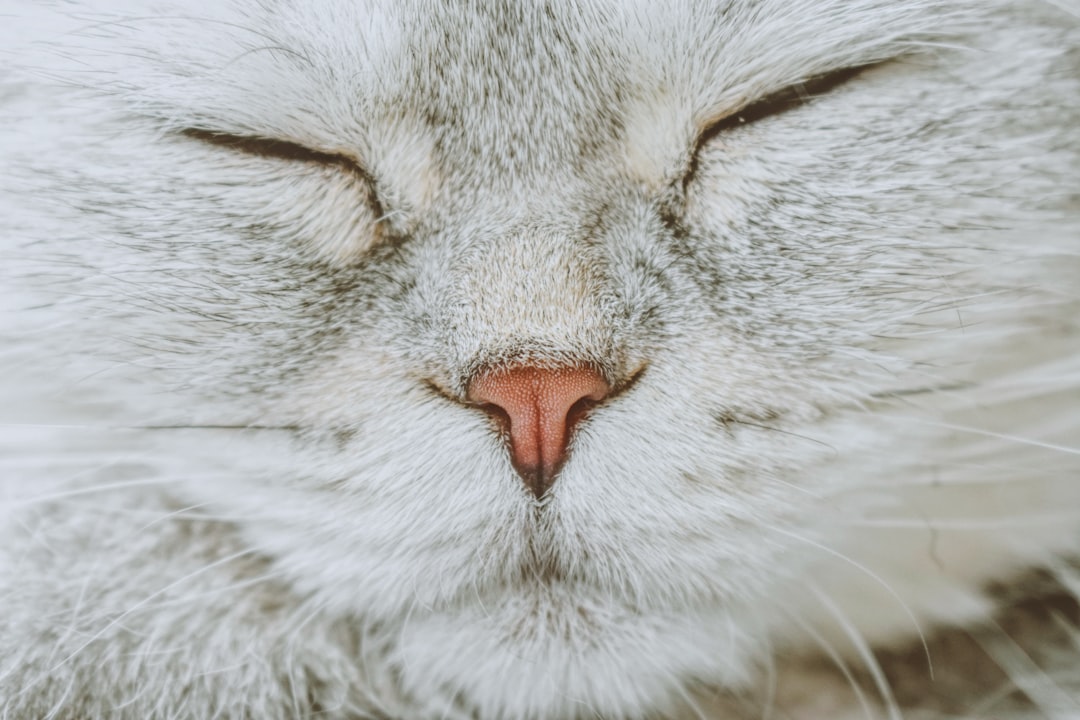
The slow blink might be the most beautiful expression of feline love that humans often miss entirely. Research suggests slow blinks are associated with a positive emotional state and can be a sign of trust, contentment and affection, similar to a human smile. If you wish to return the compliment, blink and your cat might blink back. These “cat kisses” are reserved for trusted individuals and represent one of the purest forms of feline affection.
Think about how many times your cat has rubbed his head against you (head bunting), given you one of those slow-blink cat kisses, rubbed alongside of you, purred, or given you some scratchy-tongue kisses. Each of these behaviors carries deep meaning in cat language, representing different levels of trust and attachment.
Purring deserves special attention because it’s not always what it seems. Purring is one of the most well-known signs of a cat’s affection. It not only signifies contentment but also serves as a form of communication between cats and their humans. So the next time you hear your cat purring, know that it’s their way of saying “I love you.” However, cats also purr to self-soothe in stressful situations, making context crucial for interpretation.
The Language of Tail Positions and Body Postures
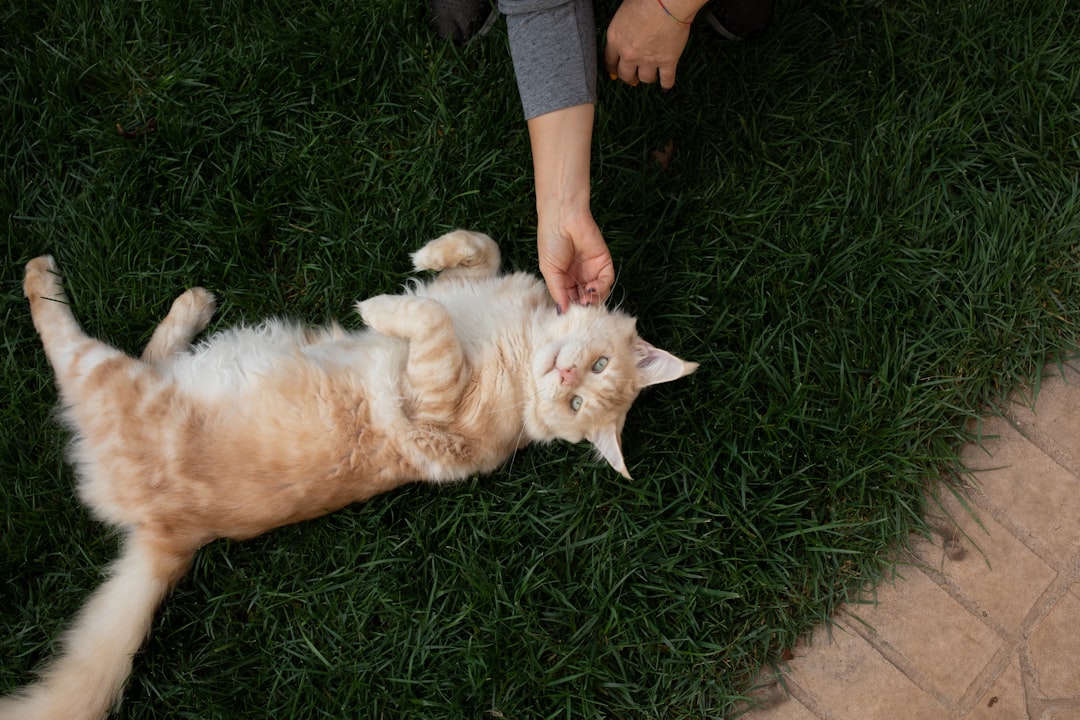
A tail held in the upright flagpole position shows a friendly intention (the feline equivalent of a wave), indicating familiarity, trust and affection. Some cats also use an upright question mark shaped tail to greet someone they like, or to motion that they want to play. This confident tail position is one of the clearest indicators that your cat feels safe and happy in your presence.
Rolling over and exposing their vulnerable under belly is another gesture that a cat has ultimate trust in you. However, cats prefer to be petted on the head and neck area, so this is not usually a request for a belly rub. This vulnerable position demonstrates the ultimate expression of feline trust – showing you their most defenseless area.
If a cat allows you to get close to them, that suggests a close bond, particularly where the contact is frequent or long lasting. Curling up on your lap for a nap is a sign of deep trust. Remember, cats are naturally protective of their personal space, so any invitation into their comfort zone speaks volumes about their feelings toward you.
Why Cats Follow You Around
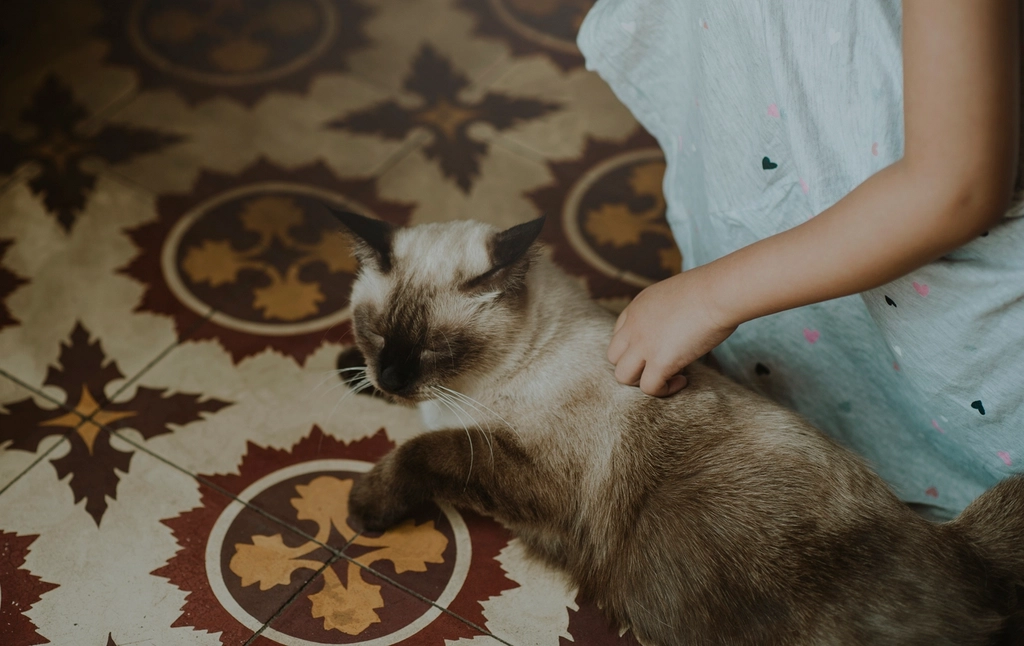
Ever notice that kitty likes to trail you around the house? There can be many reasons for this – from wanting food to being anxious – but there are many cases in which your cat simply enjoys your company and wants to be with you. If it’s not close to feeding time, and your cat isn’t acting like they want anything, chances are they are just trying to bask in your presence.
This following behavior represents one of the most underappreciated forms of cat affection. Unlike dogs who might demand attention, cats choose to be near you simply because they find comfort in your presence. They’re not asking for anything – they just want to share the same space as their beloved human.
In fact, cats are more likely to relax and confidently explore their surroundings when their owners are present, rather than when alone or in the company of a stranger. This behavior is used to indicate human infant attachment behavior, so we can conclude that our cats are indeed attached to us. Your presence provides them with a sense of security that allows them to be more confident and relaxed.
The Kneading Ritual of Love
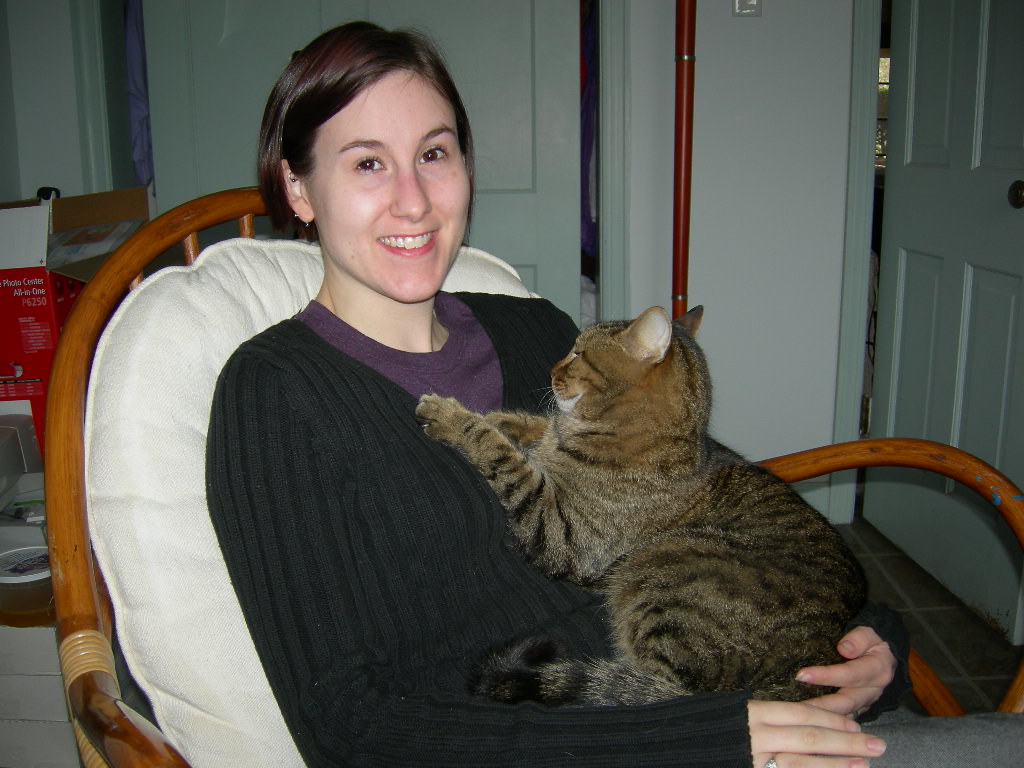
Kneading or ‘making biscuits’ is a cat’s way of showing their love and contentment. This behavior originates from kittenhood when they would knead their mother’s belly to stimulate milk flow and show affection. So if your cat does this, consider yourself one of their loved ones. This rhythmic pushing with their paws transforms you into a parental figure in their eyes.
The rhythmic kneading cats do on blankets, pillows, or their humans is a behavior that mimics what they did while nursing as kittens. “It’s just a leftover instinctual thing that they do when they feel super happy and super connected,” says Wooten. “So if your cat makes biscuits when they’re near you, that is a sign of love and connection.”
The fact that adult cats continue this behavior with their humans reveals something profound about how they perceive us. We’re not just providers of food and shelter – we’ve become family members worthy of the same affection they once showed their mothers.
Understanding Your Cat’s Individual Personality
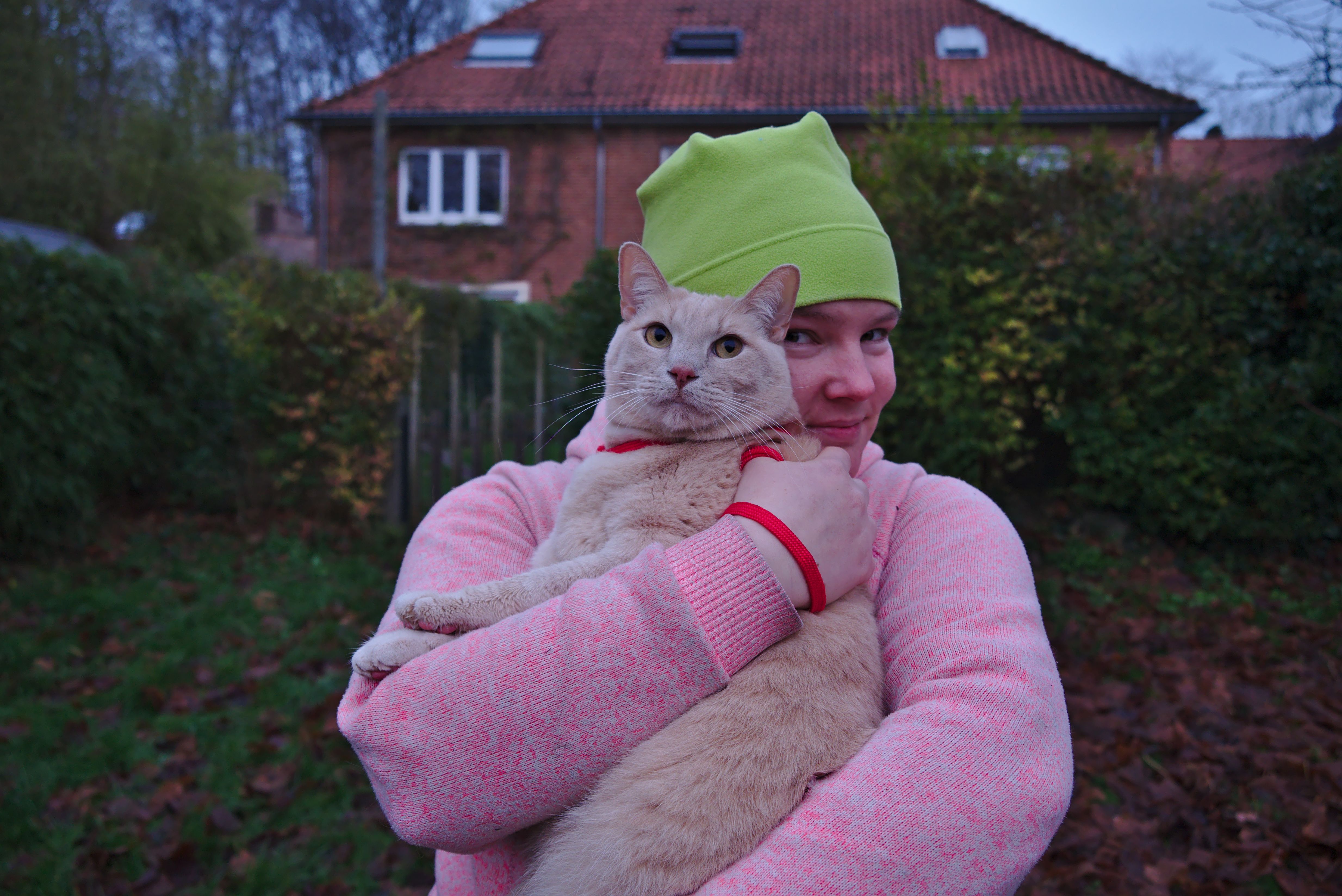
Some cats may be more reserved in showing affection, while others can be quite cuddly and loving. While cats may have a reputation for being aloof and independent, they are capable of forming strong emotional bonds with their humans. Just like humans, cats have unique personalities that influence how they express their emotions.
Differences in the behavior of our feline friends may depend on their individual personalities, with some cats being more active or more inquisitive than others. Interactions between cats and their owners may also be influenced by the owner’s lifestyle, with factors such as gender, family status, and whether the cat is allowed outdoors impacting the cat’s behavior.
Your cat doesn’t have to be a lap cat to be affectionate. He may enjoy sitting next to you or maybe even a several inches away but that doesn’t mean he’s not affectionate. Understanding these individual differences helps us appreciate that love comes in many forms, even in the feline world. Some cats are natural extroverts while others prefer to love from a comfortable distance.
Your cat’s apparent aloofness isn’t evidence of indifference – it’s proof of their sophisticated emotional intelligence. These remarkable creatures have found ways to express deep love and attachment while maintaining their independence and dignity. By understanding feline behaviors and taking the time to learn their specific cues, cat owners can appreciate the subtle and nuanced ways their pets express affection. Cats do love us, and in their unique manner, they offer companionship, loyalty, and affection.
The next time your cat gives you a slow blink from across the room or follows you quietly from room to room, remember that you’re witnessing something special. They’re showing you love in the most authentic way they know how – with subtlety, dignity, and genuine affection that runs deeper than any enthusiastic tail wag could ever convey. What signs of secret cat love have you noticed in your own feline companion? Share your observations in the comments below.





